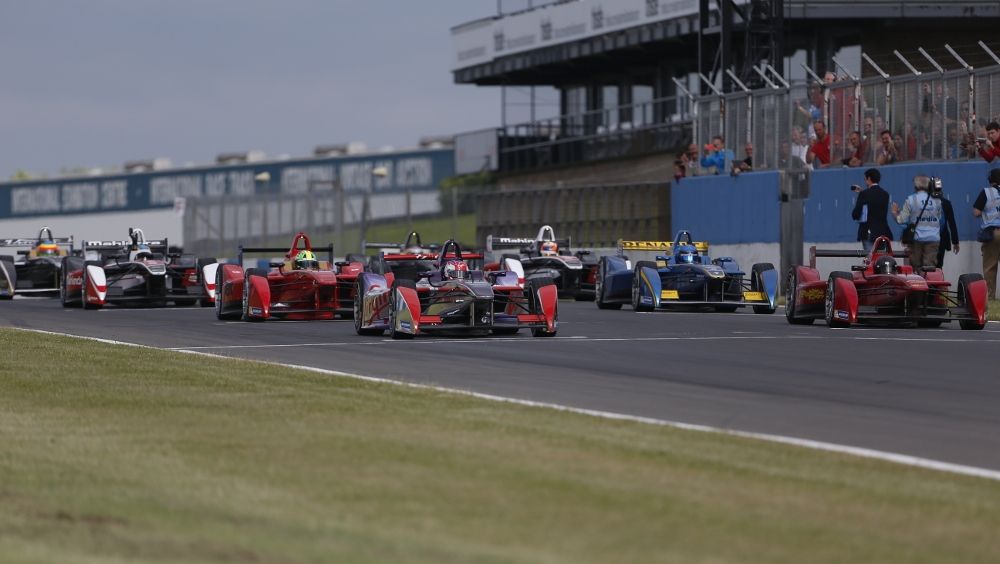Formula One->ke190 is looking at making some radical changes to the qualifying format in an effort to generate more excitement in the whole process. In a meeting between team bosses and F1 chiefs in Geneva, a proposal to adopt an elimination-style qualifying session appears to have gained enough traction that it could be implemented as early as the 2016 season.
There are still some details that need to be worked out with this proposal, but if everybody gets on board with it, we could see an altered qualifying round that involves eliminating the slowest car in certain segments of the session. From my understanding, the new proposal would still carry vestiges of the incumbent knock-out qualifying format. There will still be three qualifying stages and the knock-out system is still put in place. But instead of the five slowest cars being eliminated in one qualifying round, the new proposal will eliminate the slowest driver after all drivers are given a pre-determined amount of time to set their qualifying laps.
For instance, the first qualifying round will last 16 minutes. After seven minutes, the slowest driver is eliminated and every 90 seconds after that, another driver is eliminated until the chequered flag is shown to end the qualifying round. All in all, seven drivers will be eliminated in the first round with the remaining 15 drivers moving on to the second round of qualifying.
Q2 will have the same format except that it will last for 15 minutes and the slowest driver will be eliminated after six minutes of qualifying runs. Another seven drivers will be eliminated from this round, leaving the final eight to move on to Q3. Once again, the only difference with the last round of qualifying will be time. Drivers will now have 14 minutes to work with and after five minutes, the slowest driver is eliminated. With this format, the final two drivers that will decide who gets pole position will have 90 seconds to set the fastest lap.
The other notable change the proposed makes is the adoption of a penalty system that adds extra time to each driver’s qualifying time on the basis of their position in the championship standings. For example, the championship leader will have four seconds added to his qualifying time while the rest of the field will also take extra time on a sliding scale.
Continue after the jump to read the full story.
Why it matters
At a glance, the new proposal still leaves some questions on the table. For one, is there a determination on which cars can run on a specific time or is this a free-for-all for all drivers? Also, how will this new proposal affect the way teams use their tires in qualifying? The current format typically requires just one or two hard laps per qualifying session, but with a specific amount of time to do as many laps as possible, will teams try to, or even be allowed, to use as many tires as they can?
Sporting directors are expected to look at the proposal to dive deep into the specifics of the rules. The hopes is that a framework will be in place in time for the FIA’s World Motor Sport Council to take a look at it next month before determining if it can replace the current format.
Here’s what I do know as a fan of the sport. The current qualifying format has lost its novelty and doesn’t really do much in generating any unpredictable finishes unless one of the stronger teams suffers a technical problem. This new proposal, especially that penalty system could level the playing field a little bit, especially for the middle-of-the-pack teams.
But like I said, there are still a number of wrinkles that need to be worked out before this proposal can get the nod of the team bosses and F1 management, let alone the approval of the WMSC. My hope is that all parties concerned can develop a framework that us fans can not only get us on board with, but more importantly, get us to be legitimately excited about it.
I know qualifying isn’t that important to some people, but for hardcore fans like myself, it’s as big of a part of the whole F1 racing viewing experience as the actual race itself.

